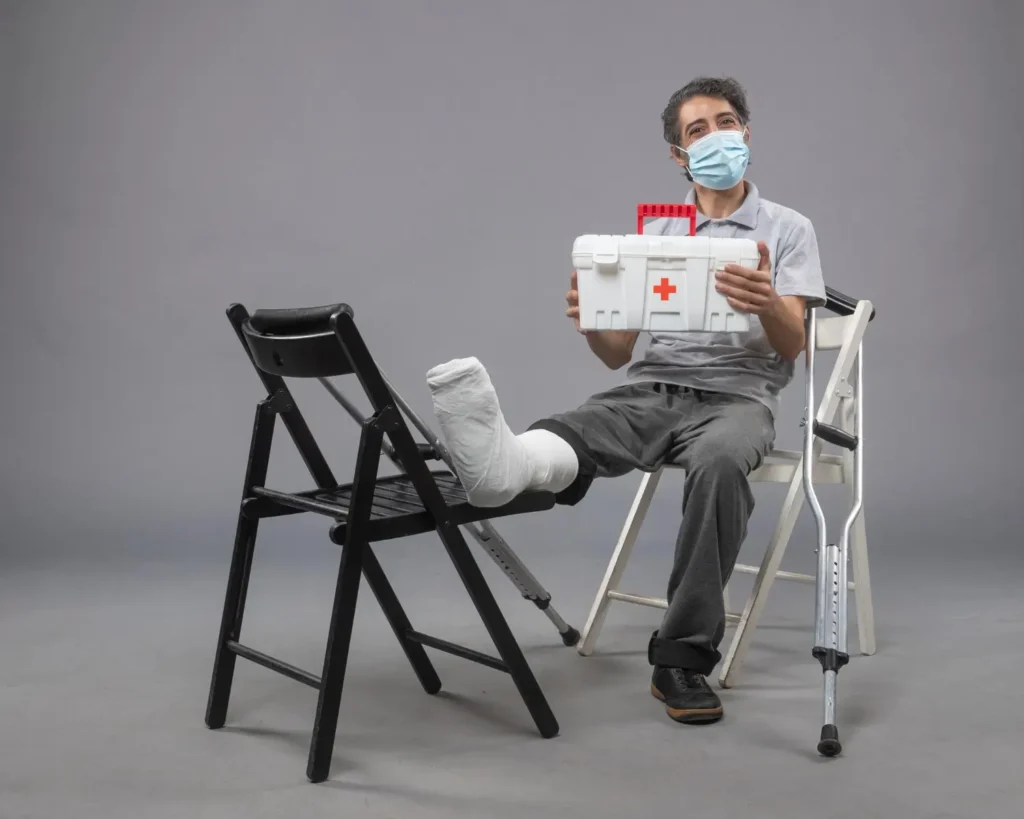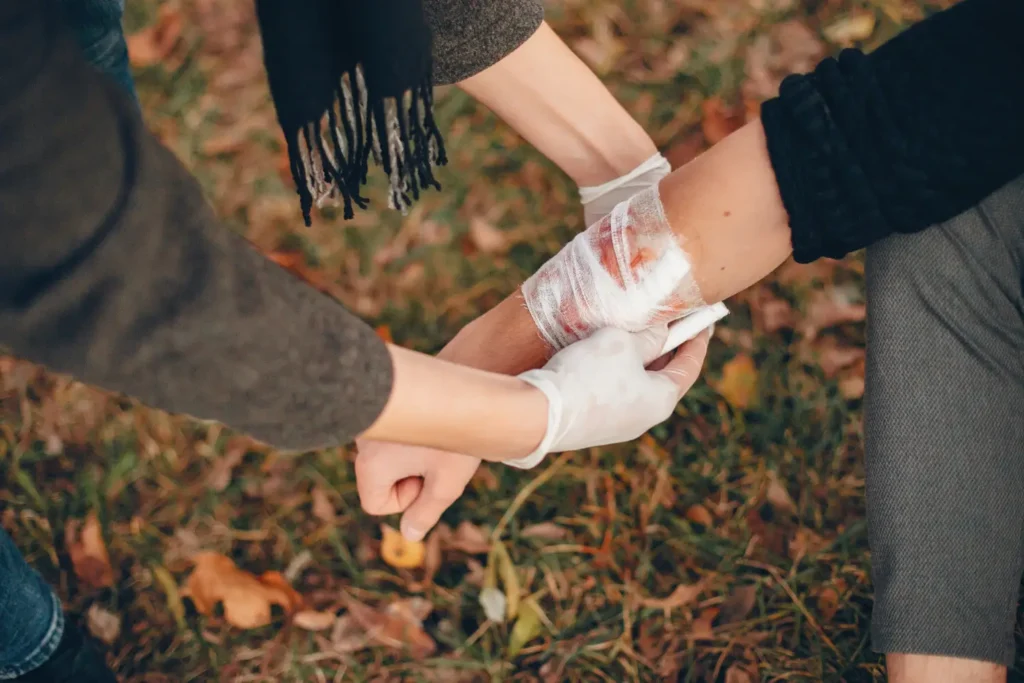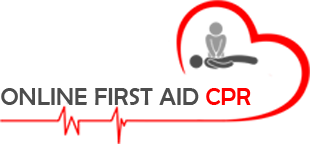- +1 (909)-728-2512
- info@onlinefirstaidcpr.com
- Greater Los Angles, CA
First Aid Assessment
This course is for anyone with limited or no medical training who needs a
course completion card in first aid, CPR and AED use to meet job,
regulatory or other requirements.
Check the Scene
Check the scene for safety before entering. If the scene isn‘t safe, do not enter and call 911. Try to find the number of victims and their general condition. Check resources, for instance, bystanders or an AED or a first aid kit.
Check the victim
When you go near the victim, first-of-all check for and treat life-threatening conditions, in order of importance: Severe Bleeding,Inactivity,Breathing Difficulty.
Check Again
Check the scene and check the victim constantly while providing care. Scene safety and a victim‘s condition can change quickly. A change in level of appearance, breathing, or response might indicate a worsening condition.
Shock
Shock is a life-threatening condition that develops when the organs of the body are not getting enough oxygen and blood. This can permanently damage internal organs and even result in death. The objectives of first aid care are to treat any apparent cause of shock, maintain a normal body temperature, and immediately get emergency medical help.
Help:
- Call 911
- Lay the victim down.
- Control severe bleeding.
- Calm and reassure the victim.
- Maintain body temperature by covering the body.

Bleeding Control And Bandaging

Pressure Bandage
Use Tourniquet
You can use a tourniquet to stop the bleeding when direct pressure cannot control severe bleeding from the leg or an arm. A tourniquet is a constricting device used on the leg or an arm that applies pressure to the walls of blood vessels to stop bleeding.

Heart Attack
Coronary artery ailment develops when cholesterol and fat, attach to the walls of the coronary arteries, causing these to narrow. A heart attack occurs when a clot blocks a narrowed coronary artery, depriving the heart muscle of oxygen. The heart attack victim feels uneasiness as the heart muscle is dying. The symptoms of a heart attack typically happen unexpectedly. These might come-and-go and occur in any combination.
Help:
- Call 911. Do not drive the victim to the hospital yourself.
- Calm and reassure the victim.
- Position the victim in a comfortable position, typically sitting up position. Loosen tight clothing.
- Help the victim take any prescribed chest pain medicine, for example, nitroglycerin.
